| |
This chapter is not really about killing chestnut trees, its about the things
that will kill a chestnut tree. Some chestnut trees are munched to death. Take
a look at the munchies page to find out what eats
chestnut trees/.
Clay - Everybody's Got Some
Well known to the chestnut experts at the big universities is that chestnut
trees will not grow in heavy or clay soils. If you spring plant a bare root
chestnut tree in clay soil, it will bud out and start to grow. The growth you
see is called top growth (leaves and branches). Top growth comes easy for
chestnut trees. Bottom growth (roots) is much more difficult. The clay soils
are difficult for the chestnut tree's roots to penatrate. Since the roots can
not grow then the tree will use its stored reserves trying to put forth new
growth but will fail (Photo 1). A chestnut tree planted in clay soil may
make it through
the first year. If the top growth is examined, the growth lacks sizable buds
that form and would be next years new growth. Without these buds the tree will
not make it to the next spring.
How Wet is too Wet?
Wet soils are somewhat tolorated by chestnut trees depending upon the season
of the year and the chestnut tree cultivar. Lets start with the season because
it is easier to visualize. Starting with late fall, after the chestnut trees
go dormant, the chestnut trees can take a drenching, or even a flood where
part of the tree is under water. As long as the chestnut tree remains dormant
water saturated soils have minimal impact on the health of the tree.
Several chestnut cultivars are known to tolorate heavier soils than others.
Ongoing testing of cultivars in heavy soils has demonstrated that some
European cultivars (Castanea sativa), in particular Marival, Marigoule,
Marsol, and Precoce Migoule will grow and produce nuts. Production and growth
will be below 1200 lbs to the acre. With such low production it makes
chestnuts a poor selection for commercial production. Any cultivar with
chinese (Castanea mollissima) genetics is likely to die or just a few inches
a year, resulting is a small bush instead of a tree.
The Other Seasons Want to Kill Chestnut Trees Too
Aside from the flooding mentioned in the clay soil section above, winter can
kill chestnut trees too. Depending on how severe the winters are in your area
will effect the chestnut trees. Winter hardiness as it is called, depends on
the cultivar. In general, for most the United States chestnut trees are winter
hardy enough to survive just about anything winter can throw at it. During
winter, when it is very cold and clear, the sun can warm the bark on the
chestnut tree to the point where the sap starts to flow. Then with the sun
sets the sap refreeze and damages the tissues under the bark. This freezing
and thawing damages the trees and the trees are left with perminant damage
called sun scald.
Winters can kill a chestnut tree if its too cold. How cold is too cold? It
depends on the type or cultivar. Chinese chestnut (Castanea mollissima) trees
can take almost anything winter has to offer, even temperatures below -20
degrees. The European cultivars can not take the cold as well. If the
temperature drops below -10 then the European cultivars could suffer
significant freezing damage, possibly even killing the chestnut trees. At 0
degrees some European cultivars will have freeze damage at the tips of branches
but usually will not kill the tree. Photo 2 is a dead chestnut tree that died
during the winter and is now dried out causing the open cracks at the bark
ridge.
Early spring is the next season and potentially the season that kills more
chestnut trees than any other. The two primary hazards are hard frosts after
the chestnut trees start to bud out and water saturated soils. The key to both
of these is if the chestnut tree has broken out of dormancy. Once a chestnut
tree starts growing in the spring both hazards become potential killers. Just
because a hard freeze comes along and kills the buds (Photo 5), it does
not mean the
tree will die. If the chestnut tree was stressed because of something else
then its chances of surviving are much lower.
The second hazard for chestnut trees in the spring is water saturated soils.
Water saturated soils can kill a chestnut tree just about any time a chestnut
tree is actively growing. If you want to kill a chestnut tree without using
herbicides, then just water it during the summer time to the point the ground
is saturated 12" down and the soil makes a squish-squish sound when you walk
across it.
Pathogons - Bugs that Kill Trees
There are a number of pathegons that can kill chestnut trees. Around the world
there are several pathegons kill the old growth chestnut trees. On the top of
the list is chestnut blight. Chestnut blight appears to harm and kill chestnut
trees once the tree starts producing nuts - usually 4-6 years old. Chestnut
blight appears as an orange canker on the bark of the tree. In a few years the
infected chestnut tree will be dead.
Another top killer of chestnut trees is root rot. Root rot is more of a
problem when chestnut trees are planted in heavier soils. The first sign a
chestnut tree has root rot is the new leaves never get full size. Existing
leaves will start to brown at the edges. Then all the leaves will turn brown
and the tree dies. When a chestnut tree with root rot is dug up, the roots
will present weak and rotting roots and the small white fiberous roots will be completely absent.
If you have a chestnut tree that is more bothersome than you like, this
section gives most the answers on how to kill the trouble tree. If you have a
chestnut tree you were hoping to save, this section should help you determine
if the tree's long term survival is possible. If you were thinking of planting
some chesnut trees, this section could help you save yourself a lot of lost
effort and money.
Successfully growing chestnut trees is dependent on many factors. When
selecting a site for growing chesnut trees, a pilot hole can help determine
the soil and subsoil structures. A chestnut grower also needs to know what
pathegons are present in the area. Carefull selection of the chestnut cultivar
can be a big part of growing great chestnuts. See photo 3 for the two year old
bark color of a healthy chestnut tree.
The Cold Growing Season Effect
Traditionally chestnut growers greatest fears for the growing season was high
winds, late spring frosts, and drought. With these three risks you would
think, "What else could go wrong?". The problem with this question is that it
is so open ended. In keeping with the tradition of growing anything, you are
mostly at the whims of nature. A cold growing season by itself is not a
problem with chestnut production, at issue is when and how cold were specific
parts of the growing season. To better understand how temps effect chestnut
production the ag community has developed the Growing Degree Days (GDD)
measurement. This web page provides some great details of the issues of GDD
and chestnut production:
Chestnuts and Their Dependence on Growing Degree Days
The research field at Washington Chestnut Farm
consists of 35 trees and several hundred linear feet of propagation beds.
There are 11 different cultivars of chestnuts in the research field. All of
the cultivars are hybrid European chestnuts. Many of the cultivars are
represented by just one tree.
The goal of the research field is to demonstrate the effectiveness of chestnut
cultivars in Northwest Washington State. The focus cultivar is the Colossal.
Most commercial growers on the West Coast of the USA grow the Colossal
cultivar. Of the 35 trees in the recearch field 12 are Colossals.
The growing season in 2008 was the coldest on record (records go back to the
1850's). Coldest needs to be quantified. Coldest is quantified by observing
the average day time high temperature. During most of the growing season of
2008, the average day time high temperature was between 53 and 60 degrees F.
Most any home gardener knows most plants in the garden needs at least 55
degrees F to grow.
Chestnut tree growing requirements are much like most garden plants, they need
warm days to grow. On a good year chestnuts can grow 4 feet or more in a
single growing season. In 2008 the average growth on the Colossal cultivar
trees was about 16 inches. The cold also effected the grafts on newly grafted
trees. Very few grafting attempts took. In addition, many of the chestnut
trees did not set nuts. Most trees had a normal set of burrs, but almost all
the nuts were without kernels. Some cultivars such as Basalta #3 produced
good nuts with the exception of few burrs were set.
Maravals, like the Colossals, set heavy with burrs but most nuts were blanks.
The Maraval nuts that did develop kernels were small and had no commercial
value.
Aside from the Basalta #3, Marigoule chestnut trees produced full size nuts.
The nuts are of excellent flavor and texture.
Two other cultivars are worth mentioning, Precoce Migoule and Okie. Okie
chestnut trees have only been in part of the orchard for 2 years. Most of the
Okie trees bloomed, none set burrs. The growth of the Okie was less than
normal. Precoce Migoule trees had close to normal growth but nuts were almost
all blanks.
Chestnut trees, like most green growing plants, do best where the growing
season is warm. Washington Chestnut Company's farm is located about 10 miles
south of the 49th parallel in Washington State. From obesrved performance
during the the 2008 growing season, the following can be issues growers may
need to consider:
1. Most chestnut cultivars set nuts poorly if day time high temperatures
during pollination are below 60 degrees F.
2. Some chestnut cultivars require day time temperatures to be above 80
degrees F and night time temperatures staying above 60 degrees F to make
good growth.
This is observable on the new growth of the established trees and even more
so with 1 - 2 year old trees. Young chestnut trees can grow 36 - 42 inches a
year for the first 3 to 4 years.
Return to Chestnut Guide Index
|
|
|
|
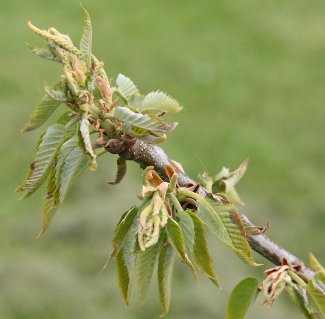
Photo 1: Dying chestnut tree -
Planted in clay soil
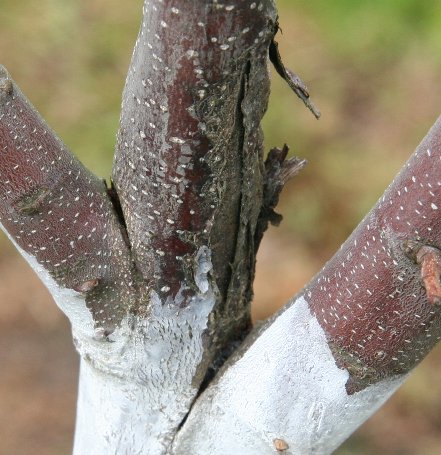
Photo 2: Dead chestnut tree -
Open Bark Ridge
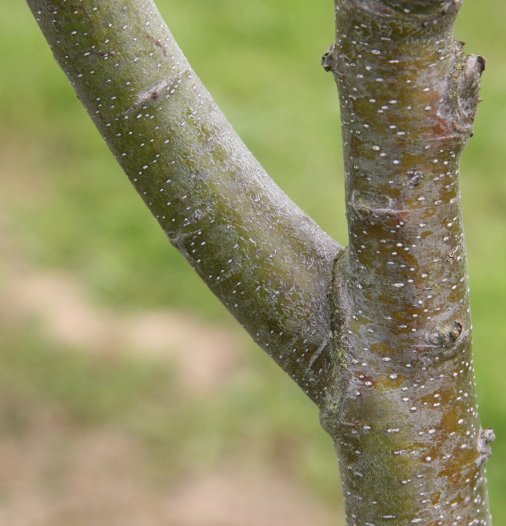
Photo 3: Chestnut tree bark in living color
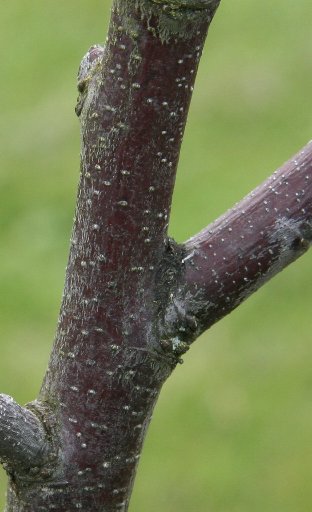
Photo 4: Chestnut tree bark color when tree is dead
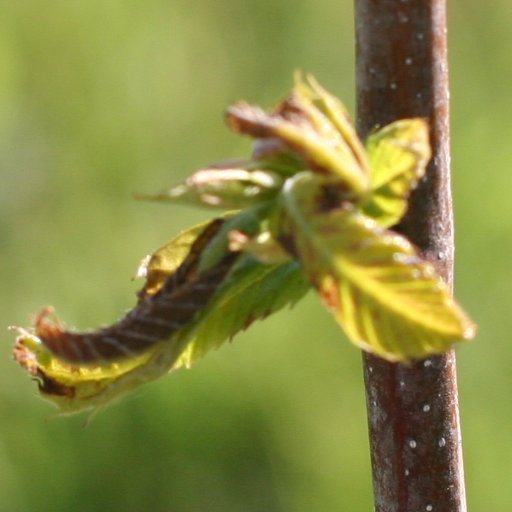
Photo 5: Chestnut tree bud with frost damage
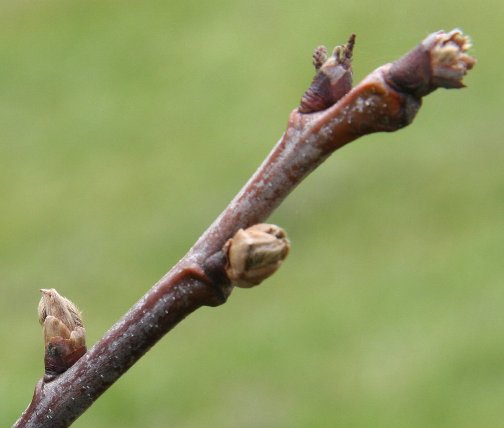
Photo 6: Dead chestnut tree bud, a result of root rot
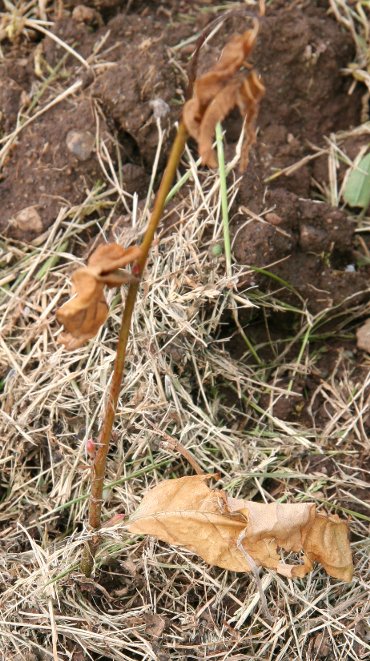
Photo 7: Chestnut seedling with frost damage
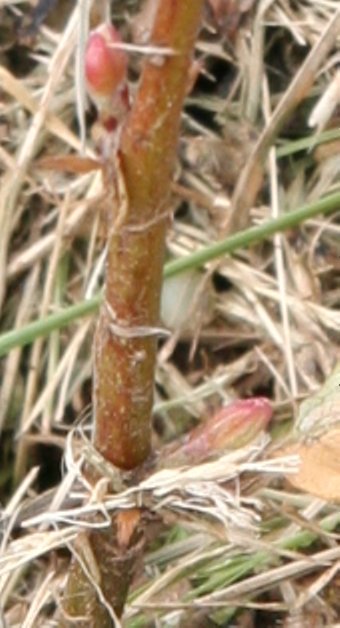
Photo 8: Chestnut seedling with frost damage has new buds
If you think your chestnut tree is dead, try to find out what might
have caused it to die. Many chestnut trees have been discarded as dead
when the tree would have come back from such ill effects of frost damage
or drought.
|
|








